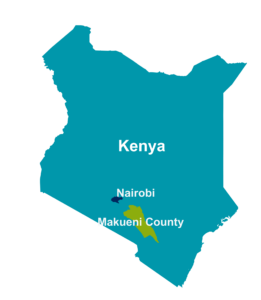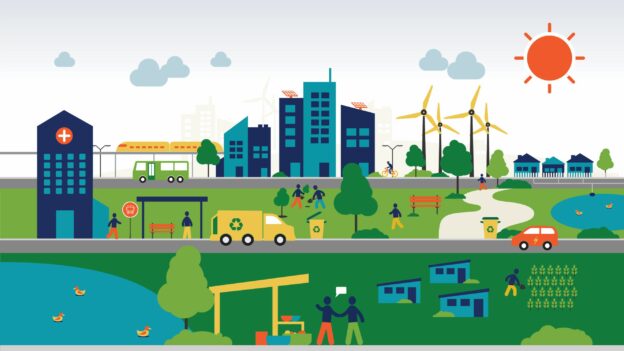
CoM SSA climate finance course: An introductory guide to climate finance for African cities
The CoM SSA climate finance training course aims at strengthening the capacity of CoM SSA signatories to understand and access sources of finance that are relevant for their climate actions. Available in English and French, the online course consists of six modules of approximately 1-2 hours duration each.
What to expect?
- A clear understanding of what climate finance is and what the key terms are;
- An overview of the different climate finance sources; and
- The main considerations for local governments in sub-Saharan Africa to access funding for their climate change and energy access actions.
The aim of this course is to not only train cities, subnational governments and their partners on how to access external funding, but also use existing funding for climate change and energy access actions.
 Real life case study: Mary Mbenge from the Makueni County, Kenya.
Real life case study: Mary Mbenge from the Makueni County, Kenya.
Mary’s experience accessing finance for climate action
Mary Mbenge is the Chief Officer for Natural Resources, Environment and Climate Change of the Makueni County, Kenya (see map). The County** is located Southeast of Nairobi. The area is extremely arid and is heavily impacted by climate change. The County is extremely vulnerable to droughts, erratic rain, floods, and associated diseases. It is one of the most vulnerable Counties in the country.  The agriculture sector is impacted by climate change, particularly small holder subsistence farmers. One of the major climate related issues the area faces is water scarcity. Throughout the training, you will come across examples from Makueni County, Kenya – you will find out about their experience and challenges to access climate finance from the local level.
The agriculture sector is impacted by climate change, particularly small holder subsistence farmers. One of the major climate related issues the area faces is water scarcity. Throughout the training, you will come across examples from Makueni County, Kenya – you will find out about their experience and challenges to access climate finance from the local level.
**Note that a County is a region, a Sub-county is a sub-region and a Ward is a cluster of several villages together. There are 47 Counties in Kenya.
Course Content

Course Includes
- 19 Lessons
- 37 Topics
- 6 Quizzes
- Course Certificate